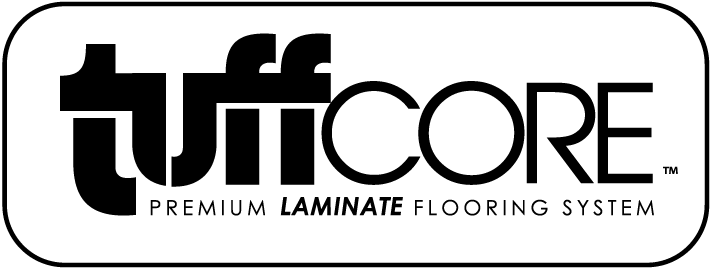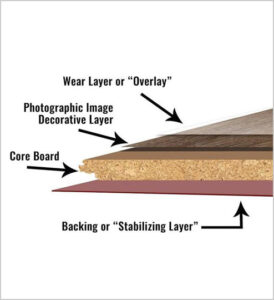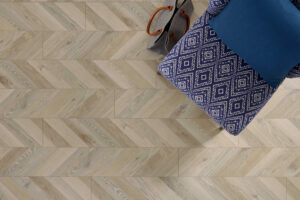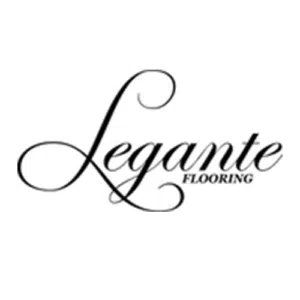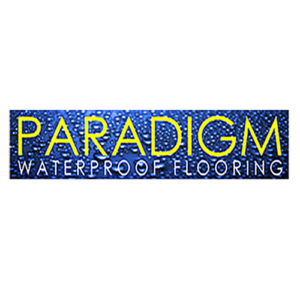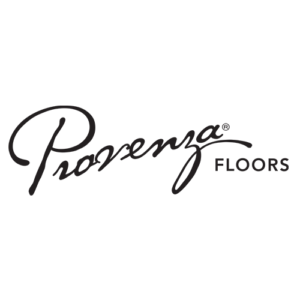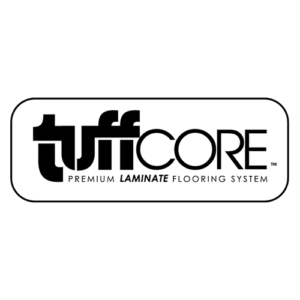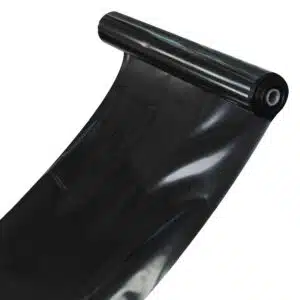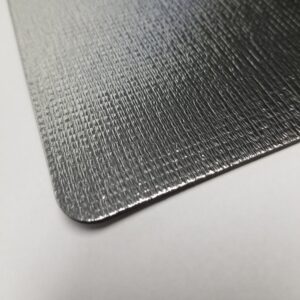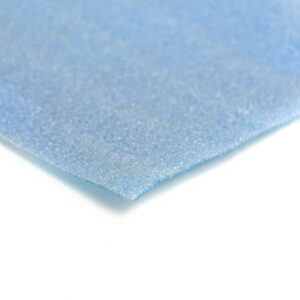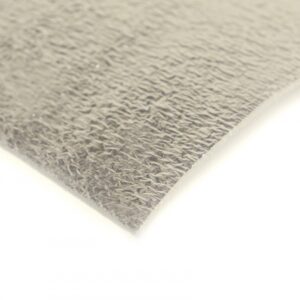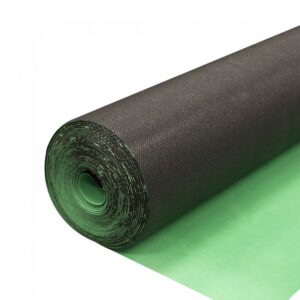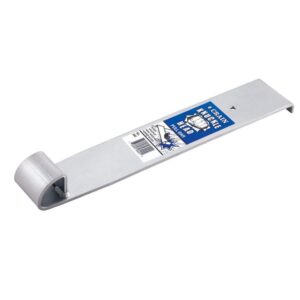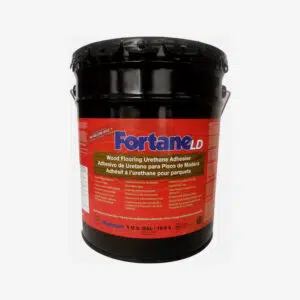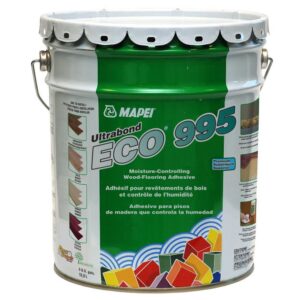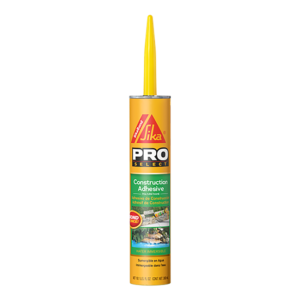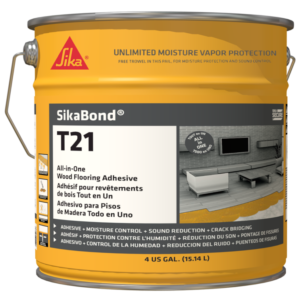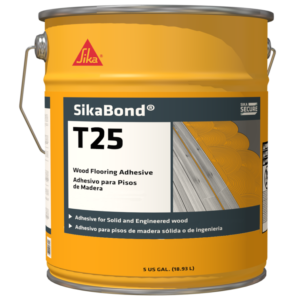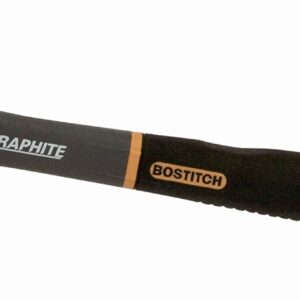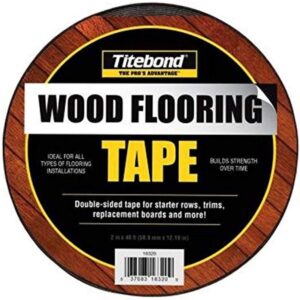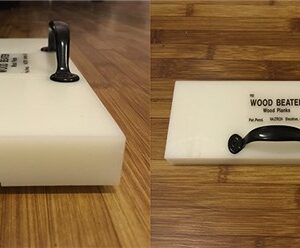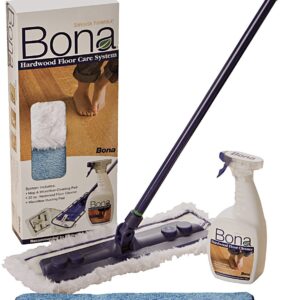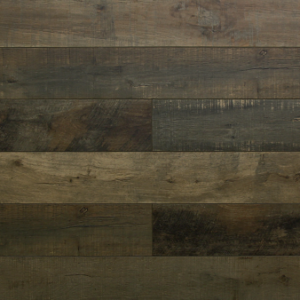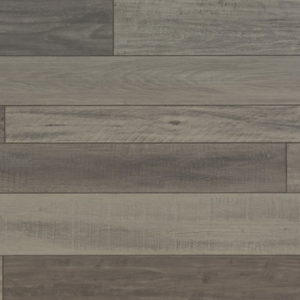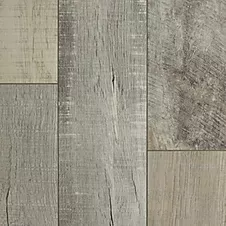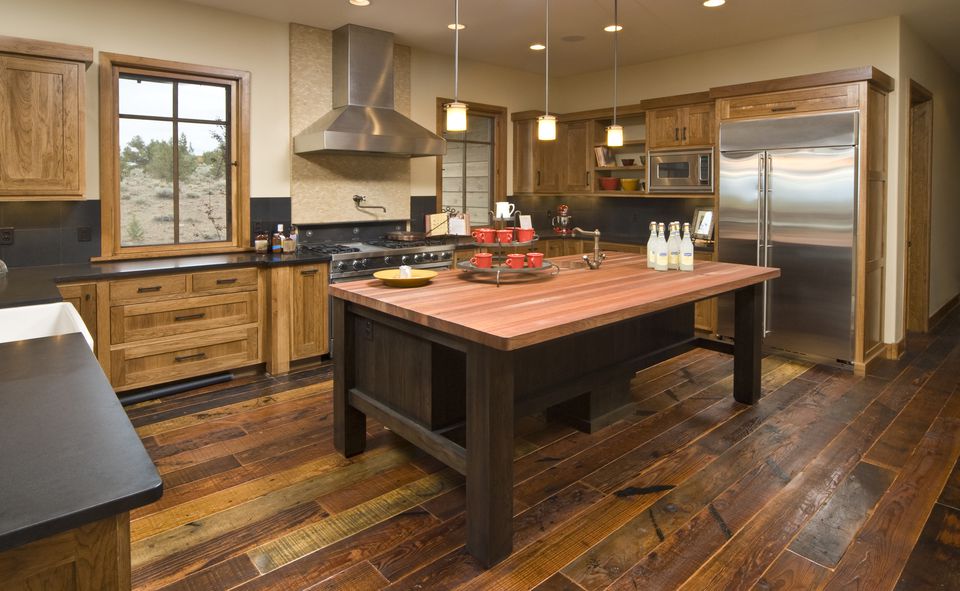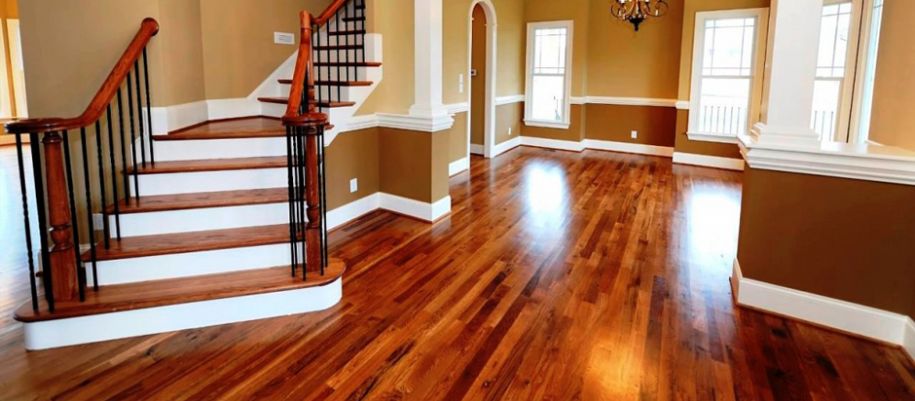Description
TuffCore Estate 835 Barco Hickory
Water-Resistant Laminate Flooring Buying Guide
Good news, the affordable laminate floors you love now feature waterproof capabilities! But before you deck out your home in waterproof laminate flooring, it’s important to understand how this feature works. Keep reading to learn what you’re getting with waterproof laminate flooring and to find the best product for your application.
We get it – you love the idea of putting laminate flooring in your home. You can’t stop thinking about how gorgeous the dark espresso color looked in your sister-in-law’s living room, somehow scratch-free even with her dog’s clattering claws running all over it.
And when she told you how affordable it was, you couldn’t help but think: I want that in my house!
But your kids aren’t that pristine. Maybe you even have a track record of spilling. Juice boxes, milk cartons, dishwater – you’re tired of seeing the results of those disasters on your existing floors. Yet, you know that laminate is not known for its water-resistant properties, so what do you do?
Introducing Water-Resistant Laminate Flooring
waterproof and water-resistant laminate products are hitting the market, making this traditional wood-look floor even more irresistible. Now you can install this affordable flooring in more rooms of the home – like the kitchen or bathroom – with confidence that it will withstand the mess of the everyday chaos.
Read on to learn how waterproof and water-resistant laminate flooring works, what you can expect and how to find the best product for your application.
What is Water-Resistant Laminate Flooring?
Laminate flooring is a type of synthetic floor that first made a splash on the flooring market in the 1970s as the first man-made alternative to natural wood. This floor quickly grew more popular as manufacturers created increasingly realistic looks that could easily pass for real hardwood.
It still stands as the go-to wood flooring alternative because people love how affordable laminate is. But there has always been a drawback. Laminate has never been prized for its ability to withstand water.
Until now! New waterproof features are proving to be a game-changer in laminate flooring.
Traditionally, laminate has been known to absorb water and swell easily. But special construction technology has improved laminate’s core layer substantially, and some manufacturers are now producing laminate flooring with waterproof features to make laminate an even more ideal flooring choice for the home.
So, how does this stuff work? Can you trust it? And how does it compare to other waterproof floors, like vinyl? Let’s dig deeper.
Waterproof and Water-Resistant Laminate Flooring: What You Need to Know
Some brands will use the term “waterproof” to describe their products while others will say “water resistant,” so what’s the difference?
Waterproof and water resistant are not the same thing when it comes to flooring.
Water resistance means that a certain element of the flooring is designed to withstand water better than normal. This typically means that you can have some water on the surface for a while before it soaks through. If you can’t get to a spill right away, water-resistant laminate floors will buy you some time.
Waterproof means that the water will never be able to penetrate the flooring, no matter how much time has passed.
These definitions may also vary among manufacturers. To be certain of the water resistance level in a product, be sure to thoroughly read the descriptions of the laminate floors you’re considering.
It’s also possible to increase your laminate floor’s water resistance during installation. Some manufacturers include instructions to finish the laminate floor installation with silicone sealant around the perimeter and under the baseboard for more water resistance.
TuffCore Estate: 835 Barco Hickory Water-Resistant Laminate vs. Waterproof Vinyl
But waterproof and water-resistant laminate still come with caution, because these floors are not constructed the same as other waterproof floors, like vinyl.
Unlike vinyl, laminate flooring is water resistant from top to bottom, not bottom to top. This means that if you get water or a spill on your floor, waterproof or water-resistant floor systems will not allow liquids to seep through the interlocks, stopping the potential for mold or mildew to grow beneath your flooring. However, if you have moisture issues with your subfloor, you will still need a vapor barrier for waterproof laminate floors.
Luxury vinyl flooring, on the other hand, is water resistant from bottom to top. It is 100 percent waterproof, meaning it can be submerged in water and will not absorb any water. If you do have moisture issues with your subfloor, a waterproof vinyl floor product will be more effective than waterproof laminate.
With laminate, the moisture-resistant element is just one layer of this heavy-duty floor. Let’s deconstruct the rest to see what gives laminate its durability and beauty.
Water-Resistant Laminate Flooring Construction
Waterproof and water-resistant laminate flooring is comprised of multiple layers, including:
- Wear Layer: The top layer protects the floor from scratches, wear and staining while providing the realistic look and feel of the floor. This is the protective shield to your floor, what keeps the dog from leaving marks with his clattering claws. Water-resistant top layers help keep water from seeping through and damaging the floor.
- Image Layer: Just below the wear layer, the image layer holds the pattern or print of your floor. This gives your floor the beautiful wood or stone look that is sure to fool your friends.
- Core Layer: Just below the print layer, the core layer gives the floor durability and stability. Typically made of compressed high-density fiberboard (aka HDF), this layer is where the water-resistant or waterproof qualities come into play. Fiberboards in water-resistant laminate floors may feature more resins, making it less susceptible to swelling in water.
- Backing: This layer also helps provide stability for the floor and can help to keep water from penetrating the flooring from underneath.
Why Use Water-Resistant Laminate Flooring?
Laminate flooring is already the go-to wood-look flooring option, and the up-and-coming waterproof products are sure to make a splash in the flooring market. Here’s why homeowners and business owners can benefit from choosing waterproof laminate flooring:
Pros of TuffCore Estate: 835 Barco Hickory Water-Resistant Laminate Flooring
- Better with moisture than traditional laminate: Waterproof floors feature a moisture-resistant core so they hold up better to water than traditional laminate or hardwood floors. This means they can be installed in basements, bathrooms, kitchens and any room throughout the home.
- Realistic wood and stone looks: Waterproof laminate floor planks often have some surface detail to further mimic a natural hardwood look and can have the look and feel of a hand-scraped hardwood, embossed wood, distressed hardwood, or come in textured or smooth.
- Easy to install, clean and maintain: Waterproof laminate flooring is designed to be installed as a floating floor, meaning that it is not secured to the ground underneath, but rather “floats” by the means of an interlocking design. This process is easy and typically done by our customers of all DIY levels.
- More scratch resistant than vinyl: Waterproof laminate flooring has a strong wear layer that protects the floor from scratches, wear and staining, all the things pets love to test out on our floors.
- Cost effective: Waterproof and water-resistant laminate floors are an inexpensive alternative to hardwood floors. Lower price and lower maintenance? Yes, please!
Cons of Water-Resistant Laminate Flooring
-
- Not as water-resistant as waterproof vinyl flooring: While laminate flooring has come a long way in its water-resistant capabilities, it still cannot tolerate standing pools of water. Unlike vinyl, laminate’s water resistance works from top to bottom rather than bottom to top. If you have moisture issues with your subfloor, you’ll still need a vapor barrier.
- Not recommended for full bathrooms or basements: Since these areas are prone to leaks and flooding, you’ll want a more water-resistant floor. You can make your laminate floor more water resistant by installing an underlayment and vapor barrier as well as using the glue-down installation method. Be cautious to clean up messes as soon as possible.
- Sound: If installed poorly, laminate floors can create a hollow, empty sound. Every product comes with thorough installation instructions, and if you’re really worried, you can always hire an expert. Plus, a good underlayment can make for a quieter laminate floor.
TuffCore Estate: 835 Barco Hickory Expansion Requirements:
- Leave a minimum of 5/16” expansion gap for all installations under 20’ lengthwise or widthwise. For installations exceeding 20’ lengthwise or widthwise, add 1/16” per additional 5’of length or width, up to 5/8”. For example: 25 linear feet would require a 3/8” expansion gap.
- Transition strips/breaks are required on installation exceeding 50 feet lengthwise or widthwise. See radiant heat section for in-floor heat.
- Never install cabinetry, islands, or other permanent fixtures on top of a floated floor.
- Never use nails to secure anything to the floor. The floor must be allowed to float.
- Leave the required expansion gap around all walls, tubs/ shower, plumbing fixtures, large Sub Zero style refrigerators, exterior doors, etc.
- Once the floor installation is complete, remove all spacers that were used to maintain the expansion gap.
Installation: The Unilin – Drop-n-Lock technology can be installed by vertically pushing one plank into the adjacent plank, without the need of a plastic insert. After installation, this profile ensures complete horizontal and vertical locking simultaneously.
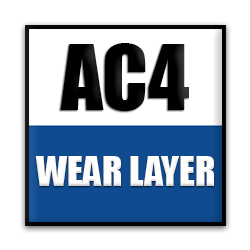


At All Pro Floors, we strive for customer satisfaction, Not only do you get a live person when you call in, We are knowledgeable about your order and ready to offer assistance whether it being from the beginning with questions about choosing the right floor option for you, or trying to accommodate your flooring time-frame to get your project completed on time. the flooring industry is constantly changing and as a result its hard for homeowners and contractors to keep up with all the changes. Terms like LVP, LVT, SPC, WPC, what do they all mean? Engineered hardwood plys, polyurethane, wear layers, Glue-down vs. floating. etc. It can be a confusing time especially when you are looking to invest a significant amount of money and most-likely intend to have these floors underfoot for years to come, you want to get it right the first time. We are here to help, We are flooring experts trained to handle all of these questions, What we do that others like Floor n Decor and Lumber liquidators don’t is offer in-house installation. That’s because its hard to sell a product and understand its characteristics from a pamphlet or seminar, We are installers working directly with the products we sell day after day so we see the challenges, we face them and find solutions everyday for our clients. We ARE NOT SALESMAN, we are TRADESMAN, meaning we know the products we sell because we use them.




